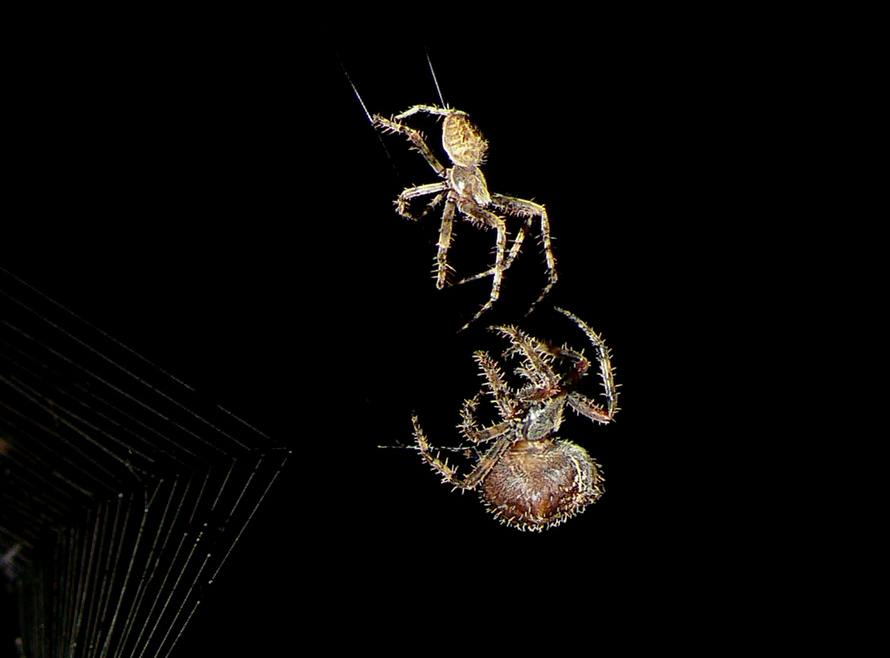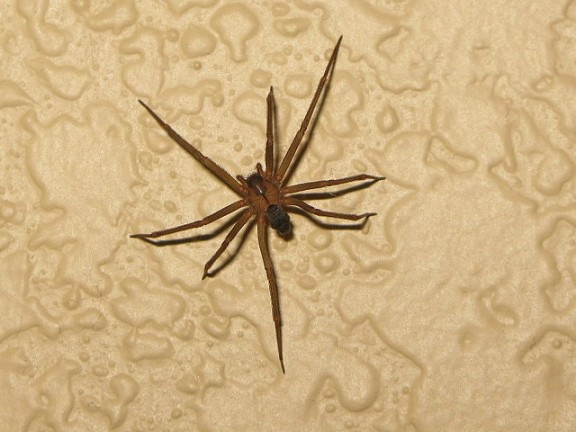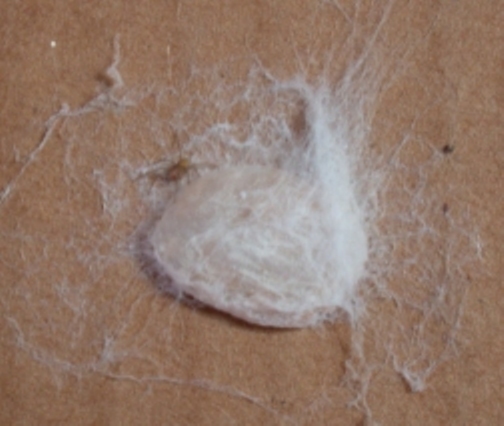Reproduction and Life History

http://www.flickr.com/photos/goingslo/3996852839/
License Information:
http://creativecommons.org/licenses/by/2.0/deed.en
Not unlike human females, brown recluse females require a male to impress her before he is allowed to mate with her. A male spider can do this in a few different ways. For example, during mating season, a male brown recluse usually starts its attempt at wooing a female by performing a dance. If this is not enough, the male might also bring its female of choice some food as a gift. If the female accepts the food and softens up toward the male, the start of a new family has begun. If not, the broken-hearted male takes off to find a different female. This is a very common theme with many species of spiders. In almost all cases, the male is the one working to impress the female while the female makes the final decision about whether or not to mate.

http://www.flickr.com/photos/oakleyoriginals/3414329799/
License Information:
http://creativecommons.org/licenses/by/2.0/deed.en
The female brown recluse spider lays its eggs usually between the months of May and July. About 50 eggs are laid at a time by each female. However, a female may create several egg sacs within the span of a few months. These sacs are silk-like and can be two thirds of an inch in diameter.
http://www.brown-recluse.com/spiderinfo.html h4>
In less than a month, infant spiders (or spiderlings) emerge from the sacs. These spiderlings may vary in their development depending on the conditions they are born into. These conditions include food availability and weather. If a brown recluse manages to survive to adulthood, you could expect it live for about a year or two in good conditions. In addition, these spiders have evolved to be able to go as long as six months without food or water if need be.
Interested as to how these creatures can affect humans? Take a look at how they interact with us!
